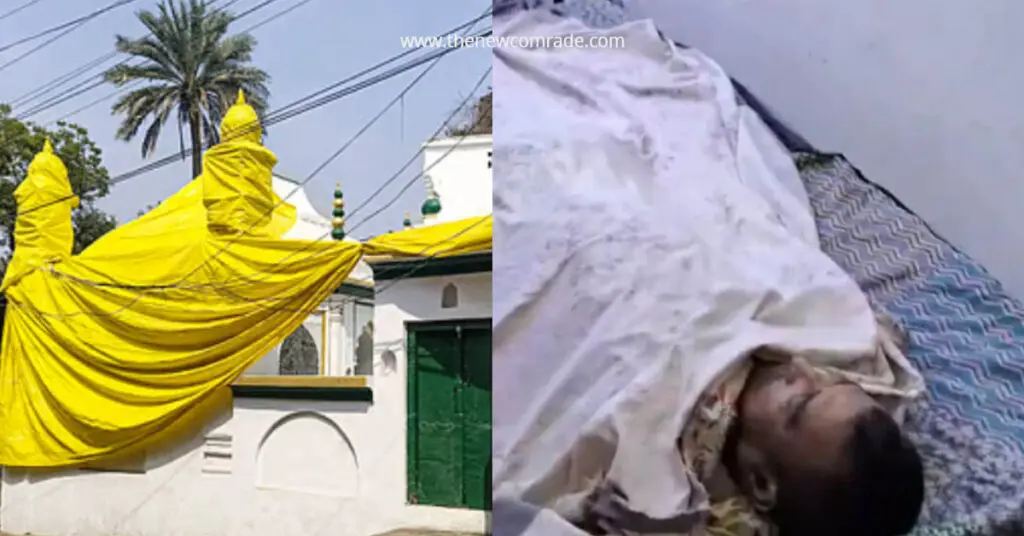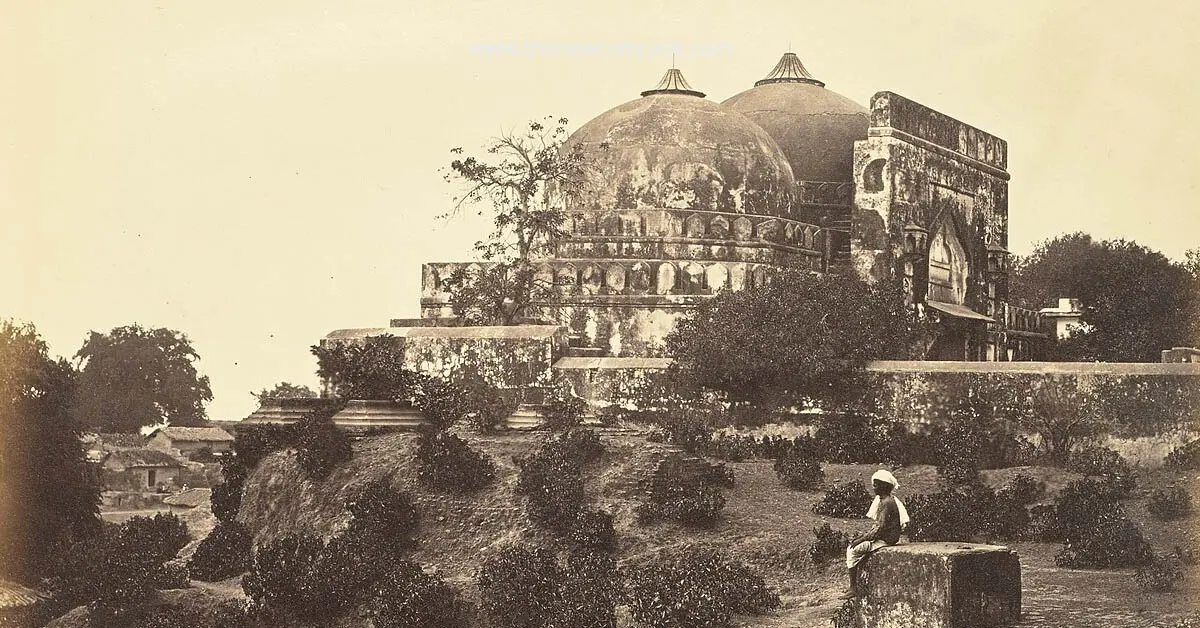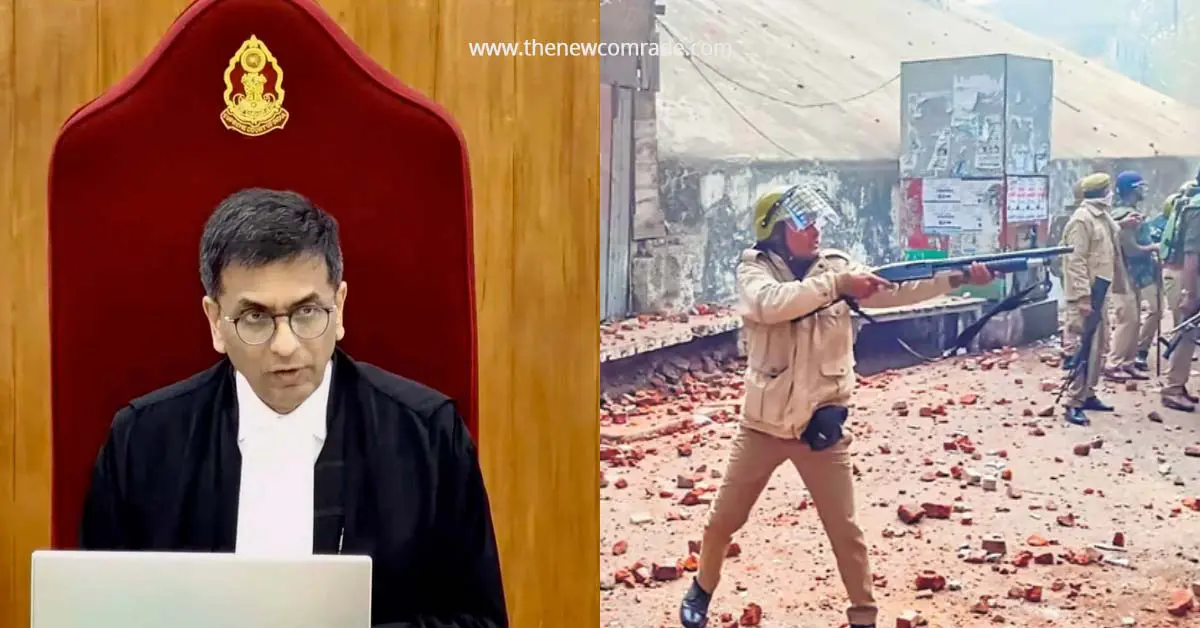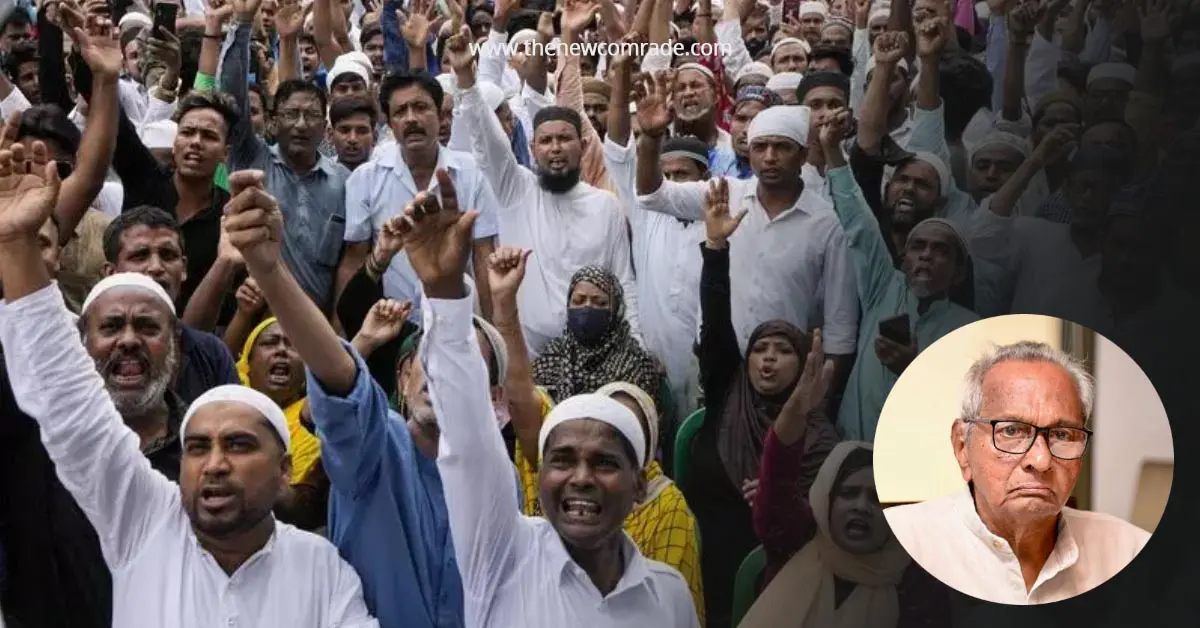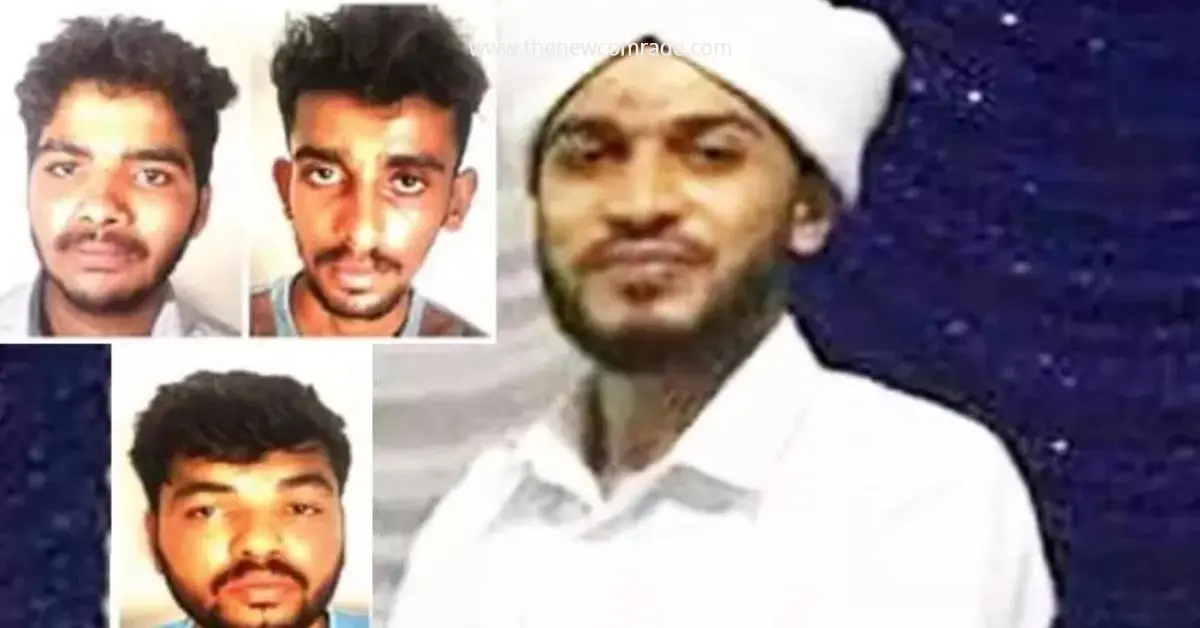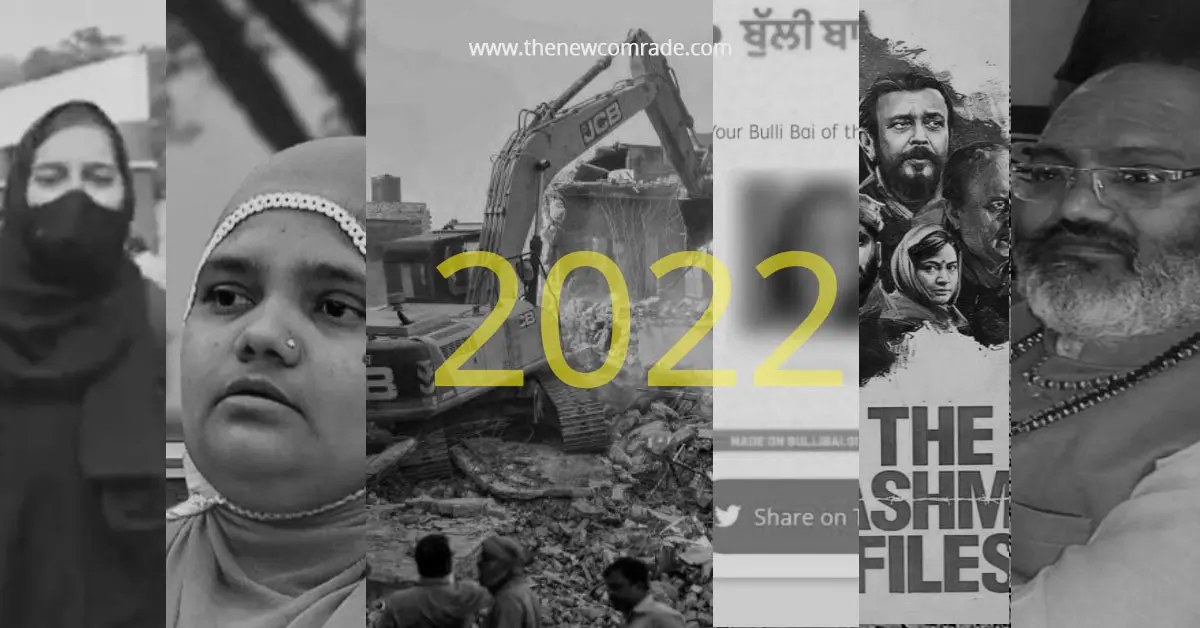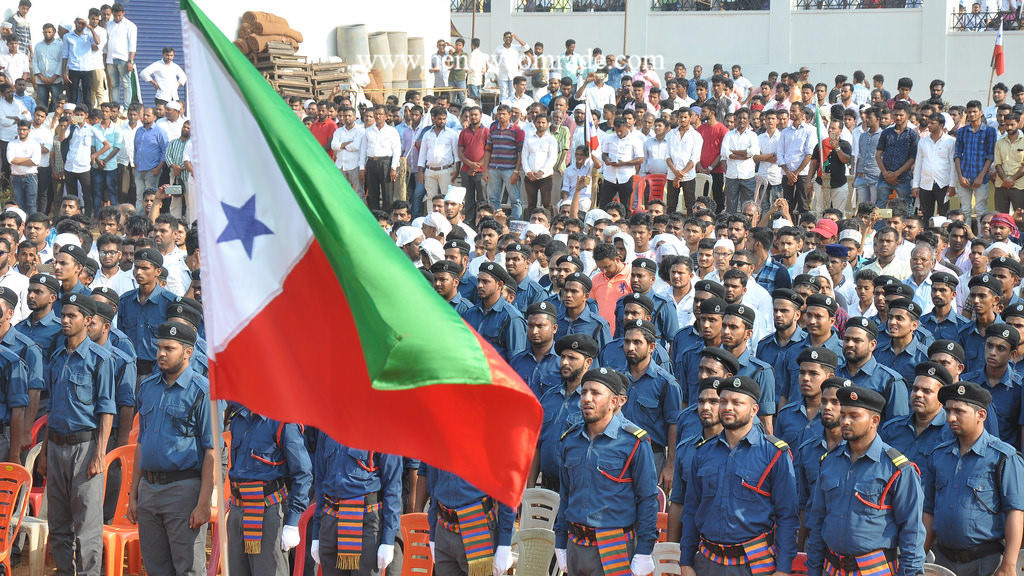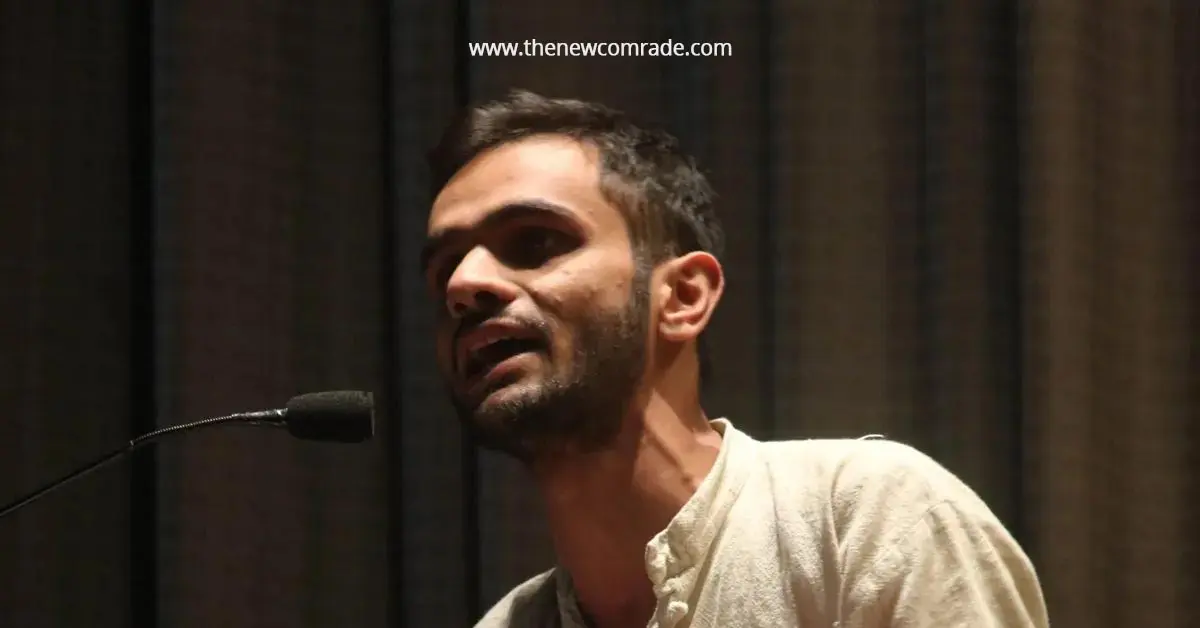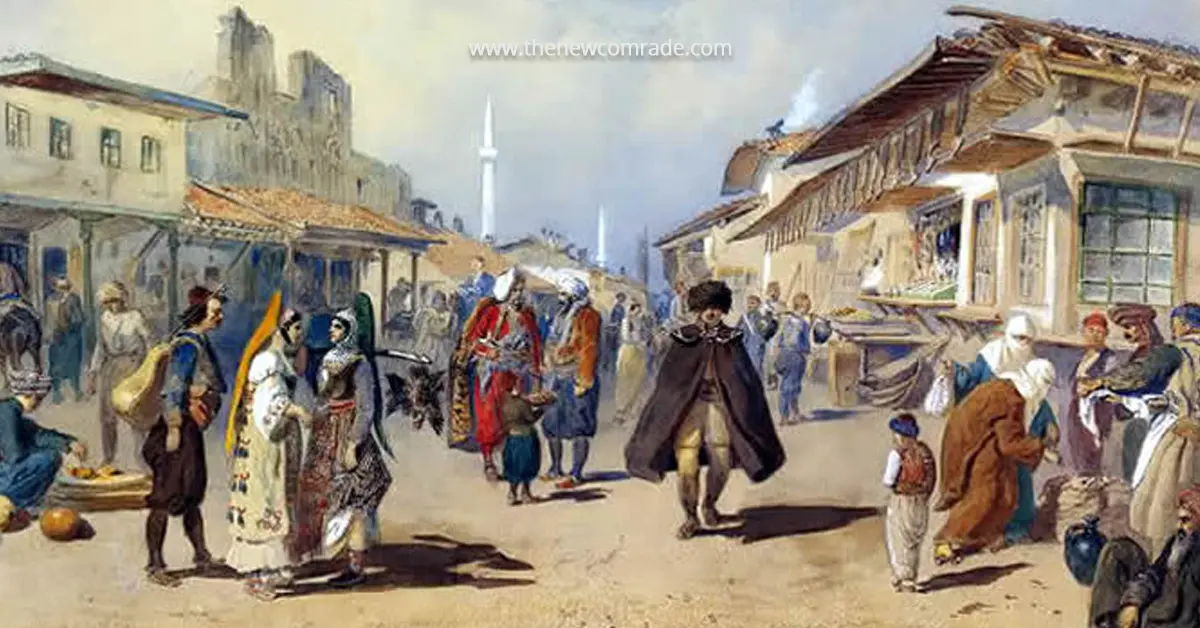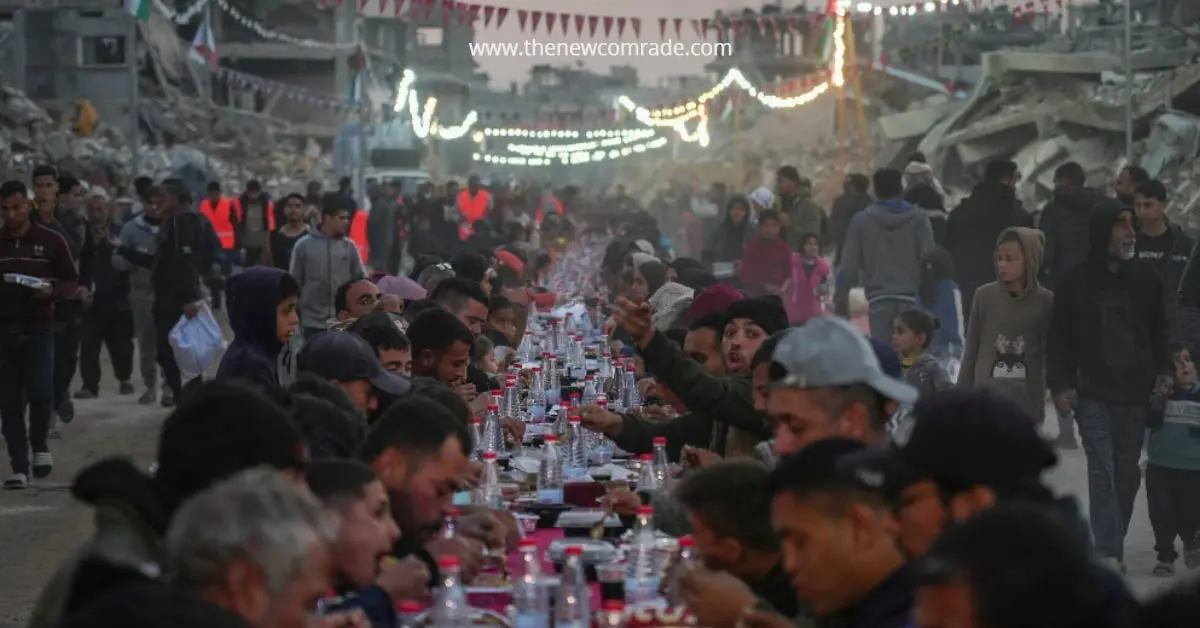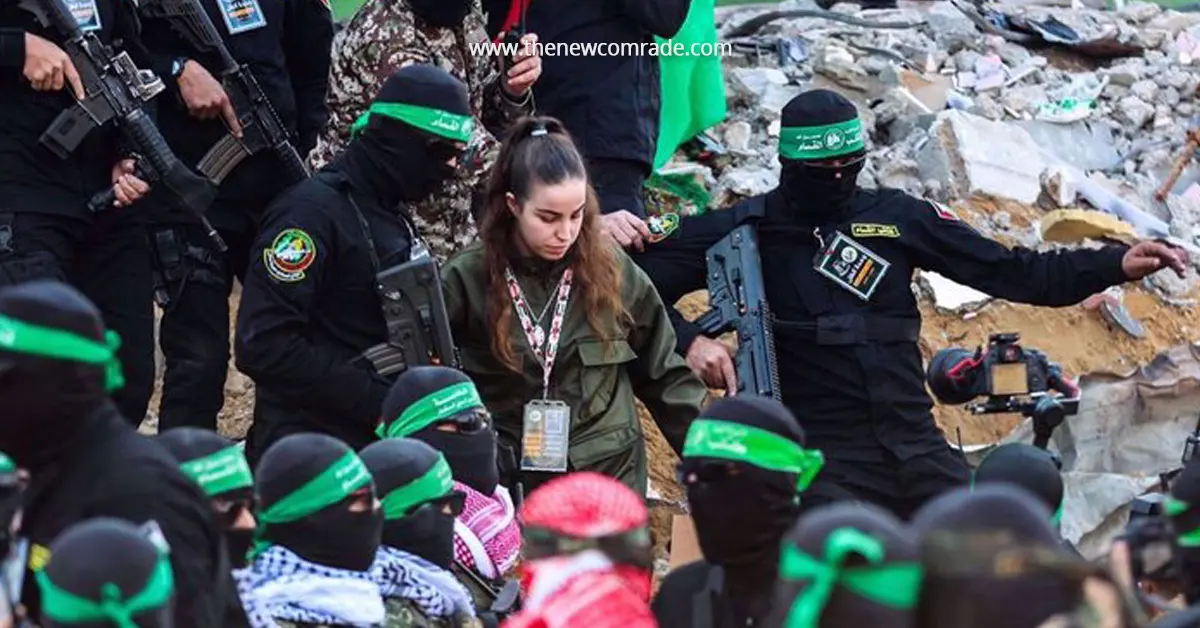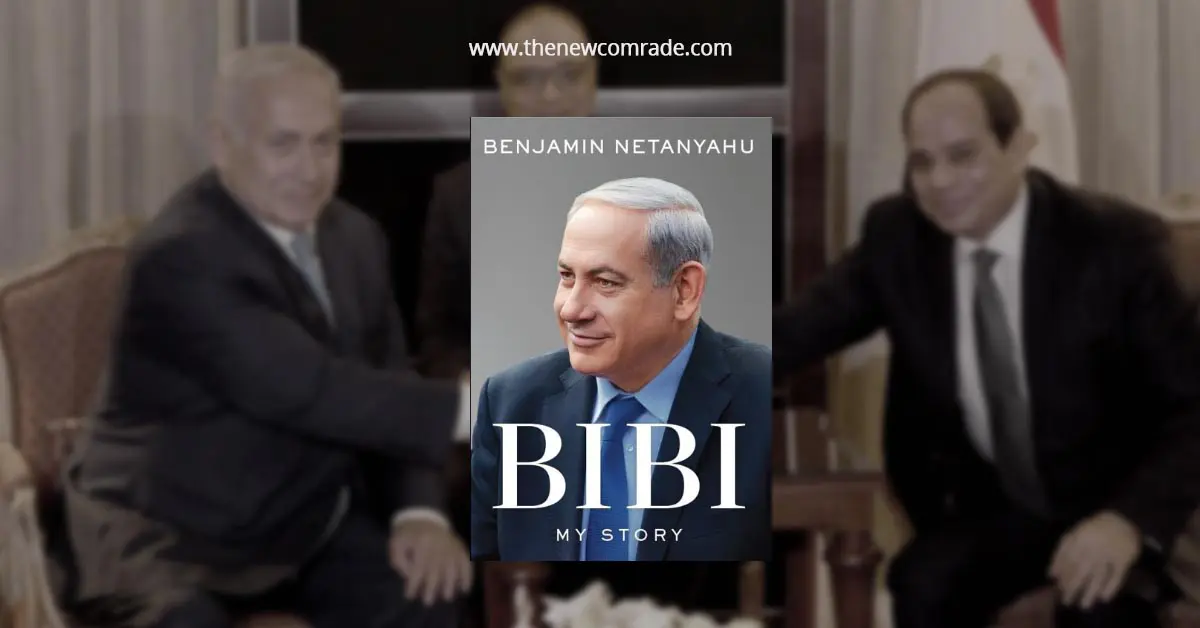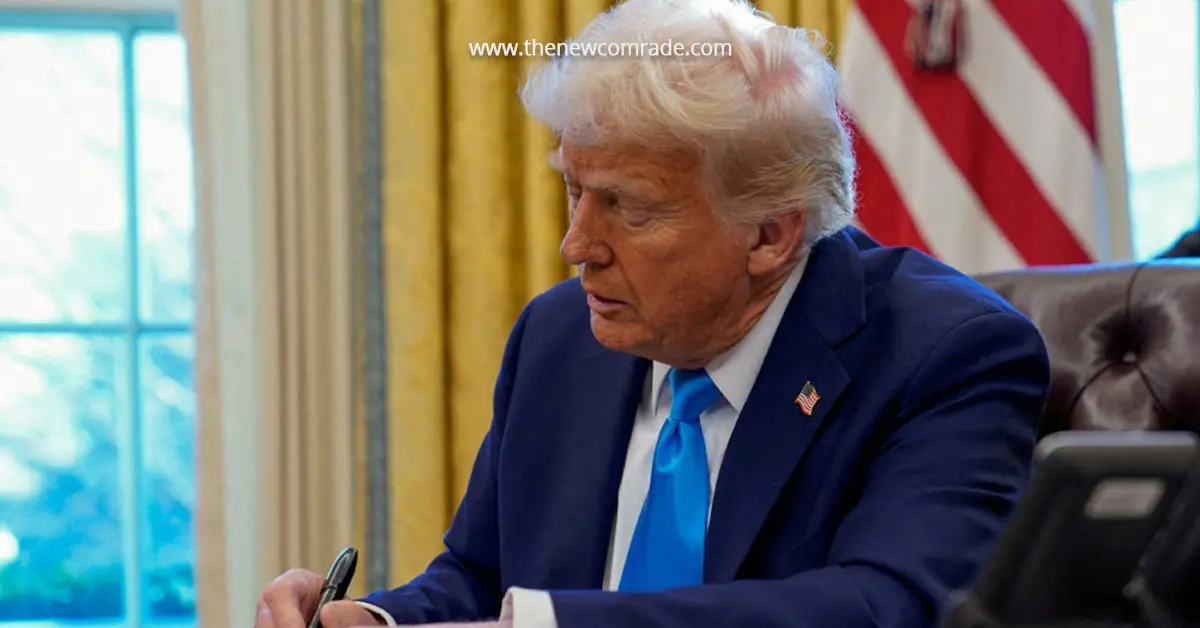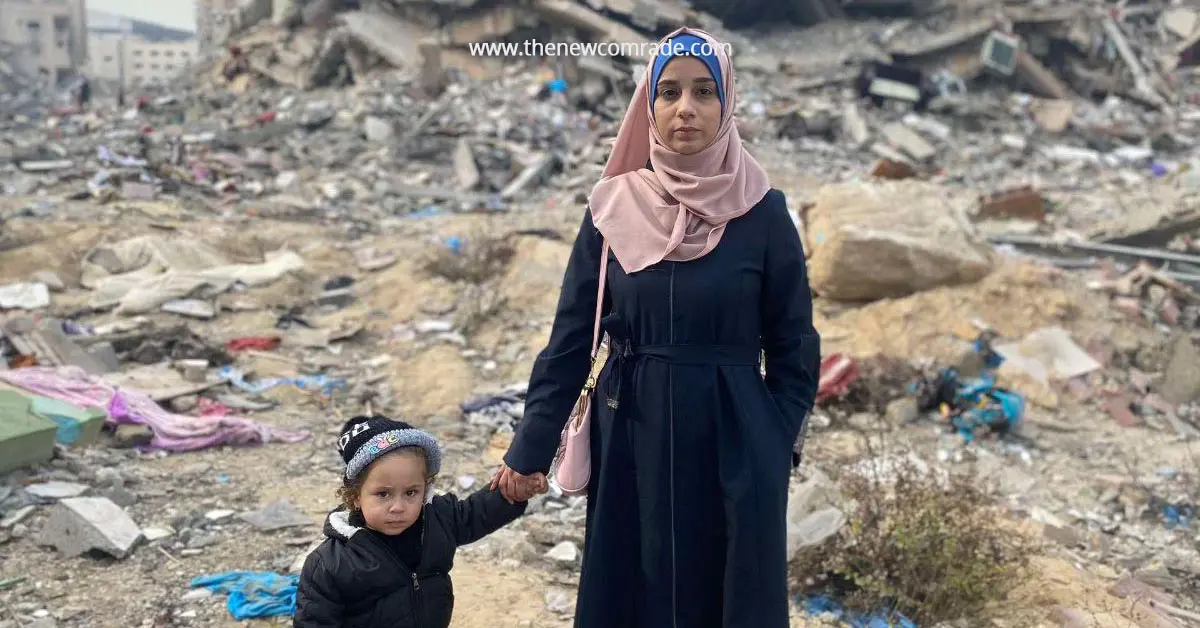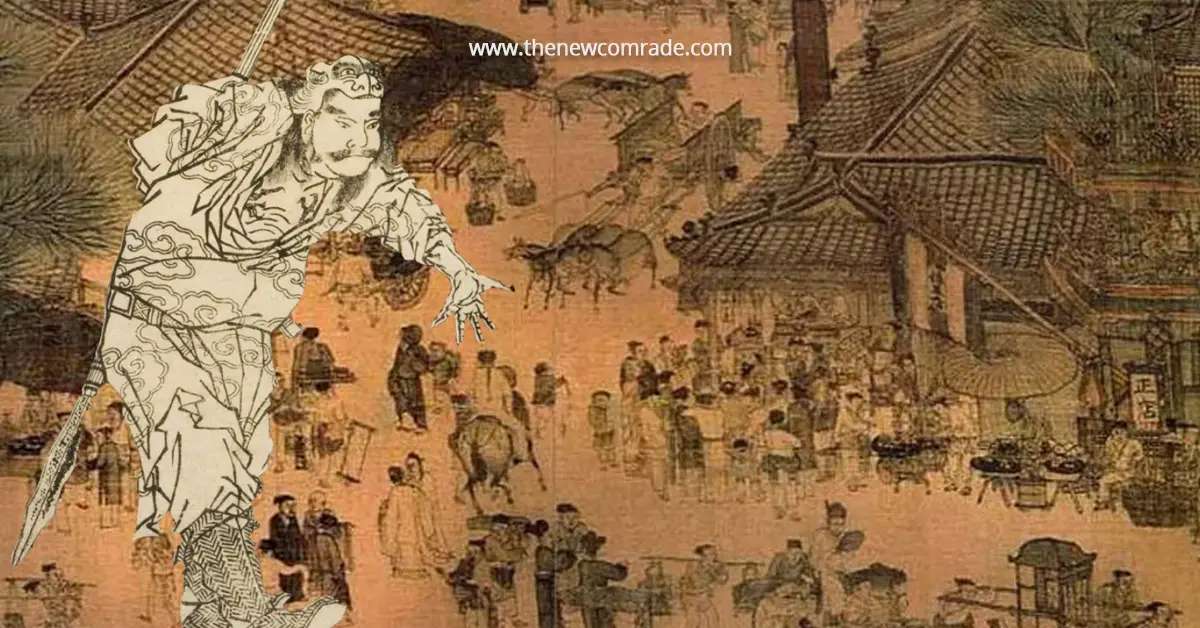The quagmire created by the British crusaders in the form of “Hindu” identity keeps taking progressively beastly impacts with the passage of time. Creating or appropriating deities, rites, festivals, etc. formed an important part of this project. One such case that deserves closer examination these days is the festival of ‘Holi’. What used to be a folk festival celebrated by some sections of population in the Northern part of South Asia has gradually been overshadowed by incidents of coercion, systematic and government-sponsored xenophobia, harassment, violence, and violations of individual rights — especially targeting Muslims, Dalits, Christians, women, etc. In contrast to official propaganda associating this festival with colours and togetherness, in many places, it is an occasion for explicit oppression, abuse, and fatal confrontations. Disturbing statistics and recent incidents expose the grim reality behind the festive facade of Holi, underlining an urgent need to confront and prevent the growing misuse of this cultural celebration.
Leaders of Hindutva gangs and government officials affiliated to them arouse people to commit such acts of cruelty. A recent glaring example is the statement made by Deputy Superintendent of Police (DySP) in Sambhal, Anuj Kumar Chaudhary, who rubbished concerns of Muslims with Holi colours being thrown at them on their way to Friday prayers, remarking that “Holi comes only once a year, whereas Friday prayers takes place 52 times a year.” Such a remark normalises forceful participation in a community-specific event, even against individual consent. Following this, ruling party legislator from Bihar, Haribhushan Thakur Bachol, echoed a similar sentiment during a session of the state assembly, urging Muslims to remain inside their homes on Holi (Pandey, 2025). Even more concerning is the complete silence of the leadership of the ruling party (BJP) and its allies, who refuse to condemn such statements with clear xenophobic undertones. These instances reflect a growing environment of intolerance, whereby state officials and elected legislators actively and passively support exclusion and targeted harassment under the guise of cultural celebration.
Situation of Mosques During Holi:
With Holi coinciding with Friday prayers during the holy month of Ramzan, and amidst rising tensions, Muslim clerics across Uttar Pradesh had already taken precautionary measures by revising timings for Friday prayers, postponing them to after 2 p.m. to avoid potential clashes. Despite these efforts for peaceful coexistence, 189 mosques across at least four districts of the state were covered with tarpaulin sheets.
In districts like Bareilly, Sambhal, Shahjahanpur, and Aligarh, mosques were physically shielded with tarpaulin sheets to protect them from being splashed with Holi colors, reflecting the growing concern over targeted provocations and the need to safeguard places of worship. Furthermore, Muslim clerics coordinated to adjust Friday prayer timings across 18 districts, highlighting the community’s effort to prevent conflict while exercising their religious rights. However, the very need for such precautions underscores the tense environment and the threat to religious freedom and safety faced by minorities during such public celebrations.
During the Shimga festival on 13th March 2025, a tree trunk procession (Madachi miravnuk) in Rajapur (Ratnagiri district, Maharashtra) was used as a means to attack a mosque. The participants rammed the mosque gate multiple times while chanting provocative slogans, despite Muslims choosing to remain indoors. This incident reveals how communal provocations and targeted aggression against minorities are being embedded within cultural celebrations (Express News Service, 2025).
Killing and Violence During Holi:
These are not isolated incidents (2025) but reflect a growing pattern of brutality disguised as celebration. Below are some of the disturbing cases that occurred in different parts of India:
- Brutal Killing in Uttar Pradesh (Unnao)
A 48-year-old Muslim man, Sharif, was brutally assaulted and killed by a Hindu mob on his way to a mosque in Unnao, Uttar Pradesh, for resisting forced colouring during Holi. Sharif, who had recently returned from Saudi Arabia where he worked as a driver, was attacked near Qasim Nagar Rabbanna Mosque. This murder in broad daylight, simply for exercising his choice to not participate, reflects the deadly consequences of enforced celebration.
- Killing Over Loud Music in Madhya Pradesh (Maihar)
In Maihar, Madhya Pradesh, a 64-year-old man, Munna Kewat, was beaten to death after objecting to loud DJ music being played during Holi, as his children were preparing for school exams. When his son, Shankar Kewat, requested to lower the volume, Deepu Kewat and five relatives viciously attacked the entire family. Munna Kewat succumbed to his injuries, revealing how minor objections can escalate into deadly violence during the festival.
- Triple Murder of Laborers in Karnataka (Anekal)
In Anekal, Karnataka, three young laborers from Bihar—Radhe Shyam (23), Deepu (22), and Ansu (19)—were murdered following an altercation during a Holi celebration. Initially gathered for a festive party, a dispute broke out, resulting in the brutal killing of all three, highlighting how Holi gatherings can turn violent, especially in vulnerable migrant communities.
- Student Killed During Holi Celebration in West Bengal (Titagarh)
A third-year college student was killed in Titagarh, North 24 Parganas, West Bengal, after a scuffle broke out during Holi festivities. What began as a celebration ended in tragedy, showcasing the rising risk of violence during such events.
- Murder of a Student in Rajasthan (Dausa)
In Dausa, Rajasthan, 25-year-old Hansraj Meena was attacked and strangled to death for refusing to be smeared with color. Meena had stepped out to visit a library to prepare for his civil service exams when three individuals forcibly applied color and assaulted him fatally. Disturbingly, the narrative suggested that Meena should have stayed indoors, revealing societal acceptance of violence against those who choose not to participate (Khan, 2025).
Forced Participation and Consent Violation
Many people — especially women, elders, and religious minorities — have reported being forcefully smeared with colors, often with harmful chemical-based powders, despite clear refusal. Women face harassment under the guise of celebration, including inappropriate touching and sexual assault, masked as “Bura Na Mano, Holi Hai” (Do not mind, it is Holi). Elderly people and those with skin/respiratory issues have also complained about being attacked with colors that could harm their health.
Sexual Harassment and Assault
A very alarming trend during Holi has been the rise in sexual harassment cases. Several women’s rights organisations and police reports have highlighted cases of groping, stalking, and physical assault during public Holi events. Drunk mobs taking advantage of public celebrations to commit crimes under the shield of anonymity and festivity.
Health Hazards and Environmental Damage
Apart from social issues, Holi celebrations have turned into a source of health hazards:
Toxic colors leading to skin burns, allergies, and eye injuries. Water wastage in a country already facing water scarcity.
Chemical colors polluting water bodies, affecting animals and aquatic life. While exact national-level statistics are hard to compile, regional reports and media coverage indicate the growing concern:
Delhi NCR, Uttar Pradesh, and Bihar have reported hundreds of cases of molestation, assault, and forced colouring during Holi each year.
In 2023, over 250 cases of harassment were registered in Delhi alone during Holi week.
Police records show an increasing number of emergency calls during Holi related to violence and medical emergencies.
Parallels in the past
While criticism of these developments have been widespread, it is noteworthy that harassment of Muslims in the pretext of Holi is not a new development – it has been happening behind the facade of democracy, pluralism, touristic beauty, etc. The new element in the recent developments is the direct involvement of the state in these rogue practices, and a resultant spike in the number and magnitude of the same. Though a comprehensive documentation of such events would be quite tedious, a quick historical record in this respect would be from the Pirpur report, which documented the excesses committed in the aftermath of the ‘National Congress’ being elected to power in most of the British Indian provinces in 1937. Following are some of the instances in UP mentioned therein, all happening on March 15, 1938 –
- Allahabad
Despite prior understanding, coloured water was forcefully thrown on Muslims, sparking tensions.
A large Holi procession (800-1000 people) was taken out, with many armed with long sticks — an unusual sight for Holi.
Attacks on Muslims included the killing of a young man (Shakir) and brutal beatings of others, including a student and an elderly woman.
March 18 saw organised raids on Muslim quarters, leading to widespread rioting, arson, and targeted attacks.
Police imposed restrictions only after riots broke out, but unlike during Aashura, no orders were given to fire at rioters.
- Benares
Viewing Congress rule as “Ram Raj”, many claimed that Muslims were now their subjects. Muslim travellers and pedestrians were harassed, beaten, and molested during Holi celebrations. A Muslim man, Mukhtar Ahmad, was attacked when he went to collect his wages.
- Bijnor
A Holi procession carrying the Congress flag passed through Muslim neighbourhoods, leading to violent clashes. Muslim homes were attacked, with 16 men and 3 women hospitalised due to severe injuries.
- Banda
Forced throwing of colours on Muslims led to conflicts. A mosque was desecrated, and a Muslim house was set on fire.
- Basti
A mosque in Mianpur village was attacked by Hindu mobs, who looted its wood and burned it. The next day, a Muslim’s wheat barn was also burned down.
With the events of 1947 being effectively a blank cheque received in the hands of ‘Congress’, such events became ever more widespread. Now, with the fascist RSS at the helm of power, such a xenophobic violence is explicitly state-sponsored, with no further camouflage or facade.
